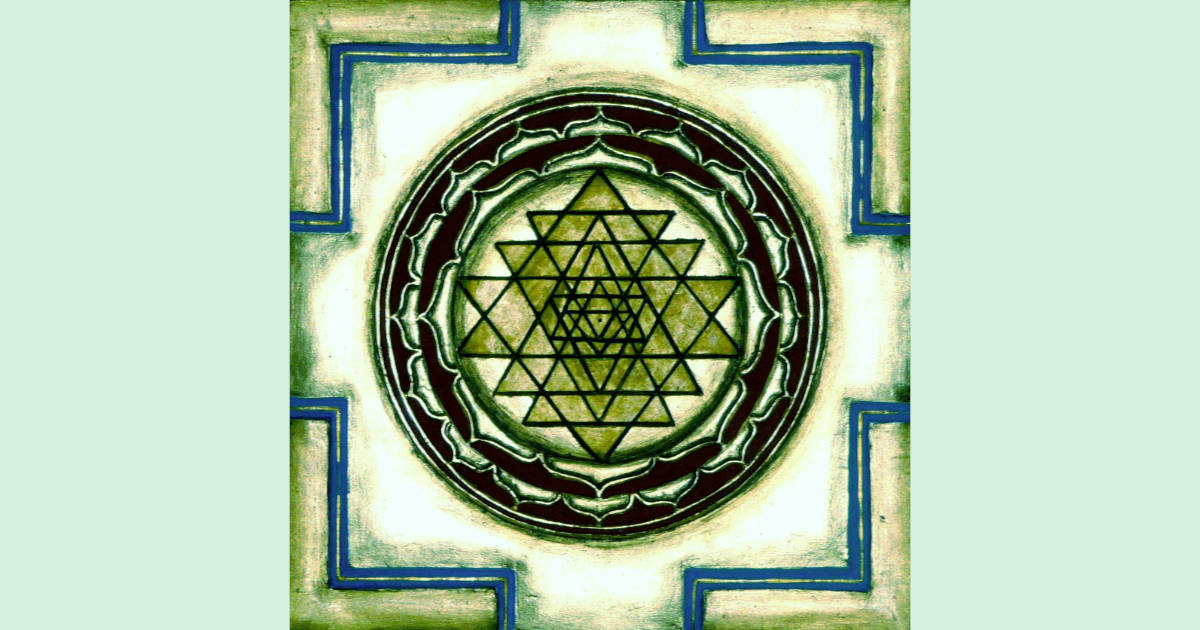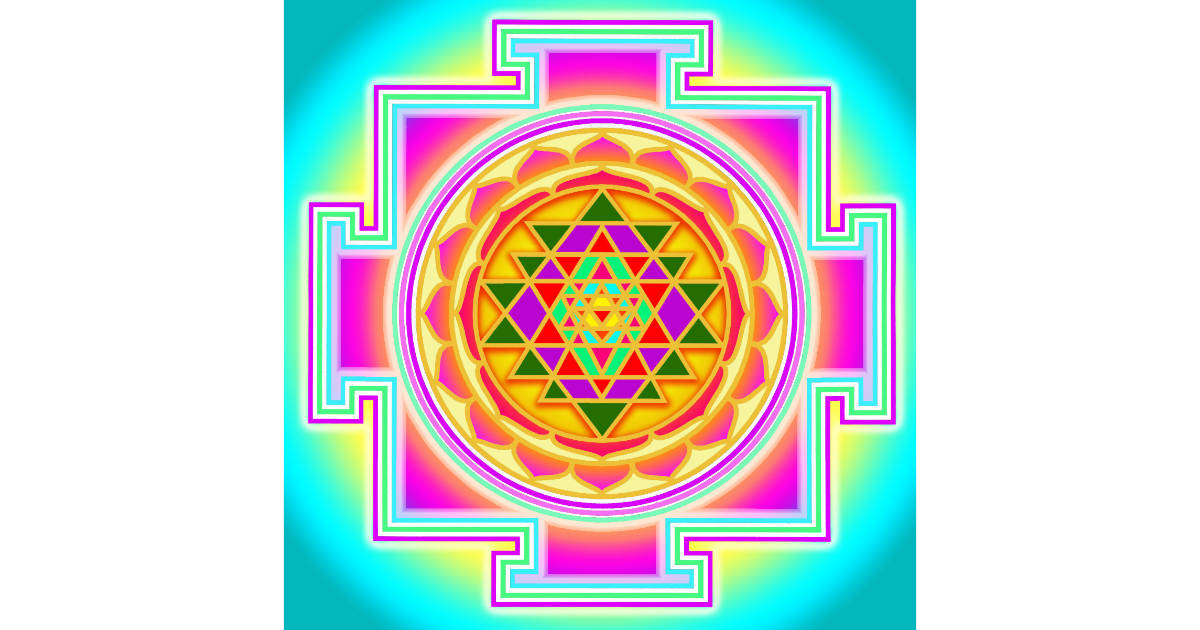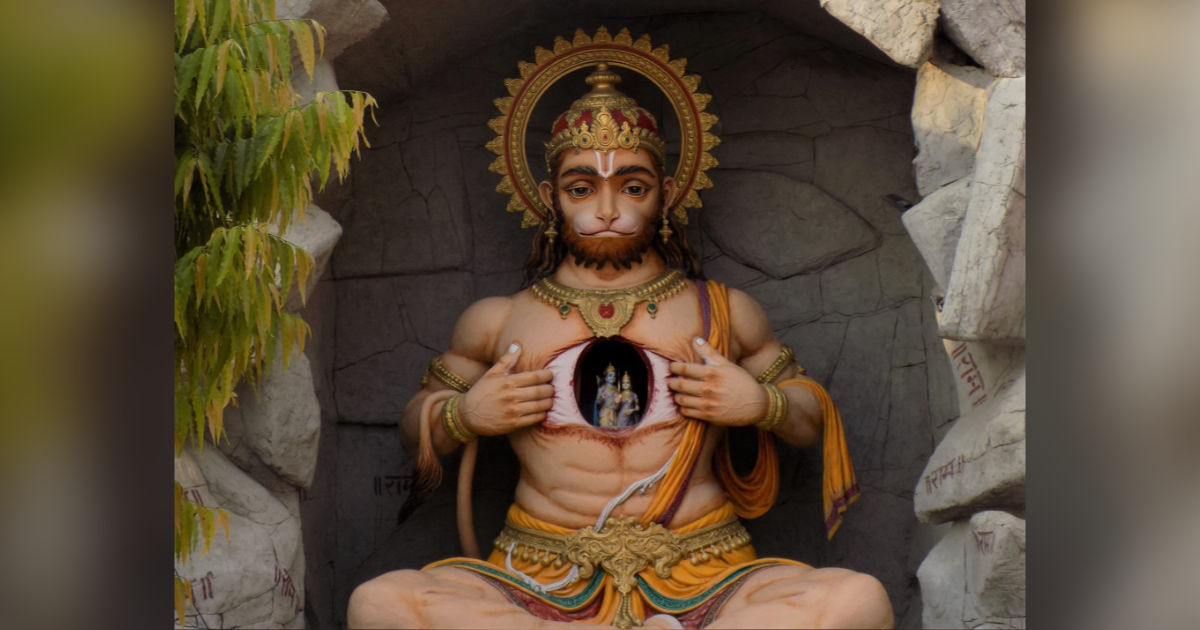A tonoscope is a device that helps to make sound visible by displaying vibrations. This phenomenon known as cymatics happens when sound frequencies are driven through inert powders. Meaning of cymatics is the study of wave phenomena, especially sound and their visual representations. Simply explained it is the sound of visualizing audio frequencies. It is an acoustic instrument for enabling a singer or player to see instantly any deviation from proper pitch of the tone being produced. Continue reading
Tag Archives: Consciousness
The true meaning of visualization
What is the meaning of visualization? The gross meaning is to anticipate, envision or create. There is a spiritual meaning of visualization and that is the practice we are seeking. How can we develop visualization? It is a question asked so many times of Gurus. Yet it is a word used so frequently by us in our daily life. In the context of Yoga sadhana, Swamiji answered this question. Continue reading
How to practice Japa?
Why do we practice Japa? The purpose of practicing with a Mala, according to Yoga is to awaken the psychic awareness in an individual.
Why does one need a mala?
972 – What is our consciousness beyond the mind?
Her hands have no arms; her mouth has no face. She is the eyes of the blind, Mother Prachanda Chandika.
Without hands she fashions, she knows without a mind, without an eye she sees, Mother Prachanda Chandika.
She is the supreme hand of the hand, the wonderful consciousness of the mind, the eye, that is the origin of the eye, Mother Prachanda Chandika.
Though her head is cut off, she is the support of life. Though she is frightening in appearance, she is the giver of peace. Though a maiden she increases our vigor, Mother Prachanda Chandika. – Ganapati Muni, Prachanda Chandika-9-11,14.
It is the Goddess Chinnamasta, the consciousness beyond the mind. Her Sanskrit name, comprised of Chinna (meaning severed), masta (head) and Vajrayyogini (a Buddhist goddess) highlights her unique nature. She is the headless Vajrayyogini symbolizes self-sacrifice, transformation, and the transcendence of ego. She is connected with the fierce aspect of the Goddess Devi. Continue reading
952 – Understanding the Shivalingam
The Shivalingam is a symbol of the supreme consciousness in the creative form. The term lingam represents the state of existence that is invisible and unseen. It is used as a representation of Shiva. It is abstract and its ultimate reality is incomprehensible to anyone, even a saint. So how does one comprehend the ultimate reality. It is only possible to comprehend it as the Shiva Lingam. Continue reading
943 – Three breath meditation
Abhinava Gupta (975 AD—1025 Ad) was a Master of Philosophy and he created an understanding and appreciation about the Kashmir School of Shaivism. He spoke about the three-breath meditation, which today we call Anuloma Viloma. Continue reading
937 – What the ancient sages believed
The ancient sages believed that life is nothing but an expression of consciousness and energy. Mind and matter are the expressions of consciousness and energy. Consciousness and energy manifest as life in the form of spirit, mind, senses, intellect and ego. Both are present in every aspect of creation in the form of Astha prakriti, the eight-fold aspect of manifest nature. Continue reading
930 – Karma and Divinity
We do not exist independently….
Whenever I walk, sit, eat or practice calligraphy,
I do so with the awareness,
That all my ancestors are within me at that moment.
I am their continuation.
Whatever I am doing,
the energy of mindfulness
enables me to do it as ‘us,’
‘Through interbeing, not as me.’
Ancestors and me – Thich Nhat Hanh Continue reading
908 – Memories and Senses
Just as a strong wind sweeps a boat off its chartered course on the water, even one of the senses on which the mind focuses can lead the intellect astray. – Bhagavad Gita 2.67
We are very involved with our senses and are committed to them. We are ruled by them, if one is on the path of meditation, then it can be very distracting and we can succumb to temptation. Continue reading
888 – Chanting Aum and Shanti three times respectively
Why chant three times? We chant because we are seeking peace in our body, mind and spirit. It also makes our past, present and future tranquil. We chant Aum at the beginning of our sadhana, at the end and then Shanti. Continue reading
882 – Change is the law of the universe
Whatever is happening is also for good.
Whatever will happen, shall also be good.
What have you lost that you cry for?
What did you bring that you have lost?
What did you create that was destroyed?
What you have taken, has been from here.
What you gave has been given here.
What belongs to you today,
Belonged to someone yesterday.
And will be someone else’s tomorrow. – Bhagavad Gita
870 – Meditating on the Divine Mother
Lalitha Sahasranama is a thousand names of the Goddess Lalitha. It praises the virtues and the divine aspects of the Mother Divine in different names. Names are very significant and chanting the different names of the Goddess is likened to the smell of Sandalwood and the smell of jasmine. Continue reading
867 – Devi is omnipresent
‘Ya Devi Sarva Bhuteshu’, represents that Devi is present everywhere and at all times.
Key words used to describe Devi. Continue reading
859 – God’s will
All is thy will.
Thy will be done
Whether you raise me
To the height of spiritual glory
Or you throw me down
Into the abyss of hell,
I accept it.
Readily, happily, with pleasure
Because that is thy will
I am the chariot,
You are the charioteer.
I am the horse,
You are the master.
Keep me as you like.
Use me, misuse me or abuse me
I have nothing to defend.
Poem written by a great bhakta. Continue reading
832 – Maha Shivratri
I am sharing a mantra with you, dedicated to Shiva, seeking atonement and blessings.
Om namaste astu bhagvana visrvesrvaraya mahadevaya
Trayambakaya tripurantakaya trikalagnikalaya
Kalagirudraya nilakanthaya mrityumjayaya
Sarvesrvaraya sadashivaya sriman mahadevaya Namah.















